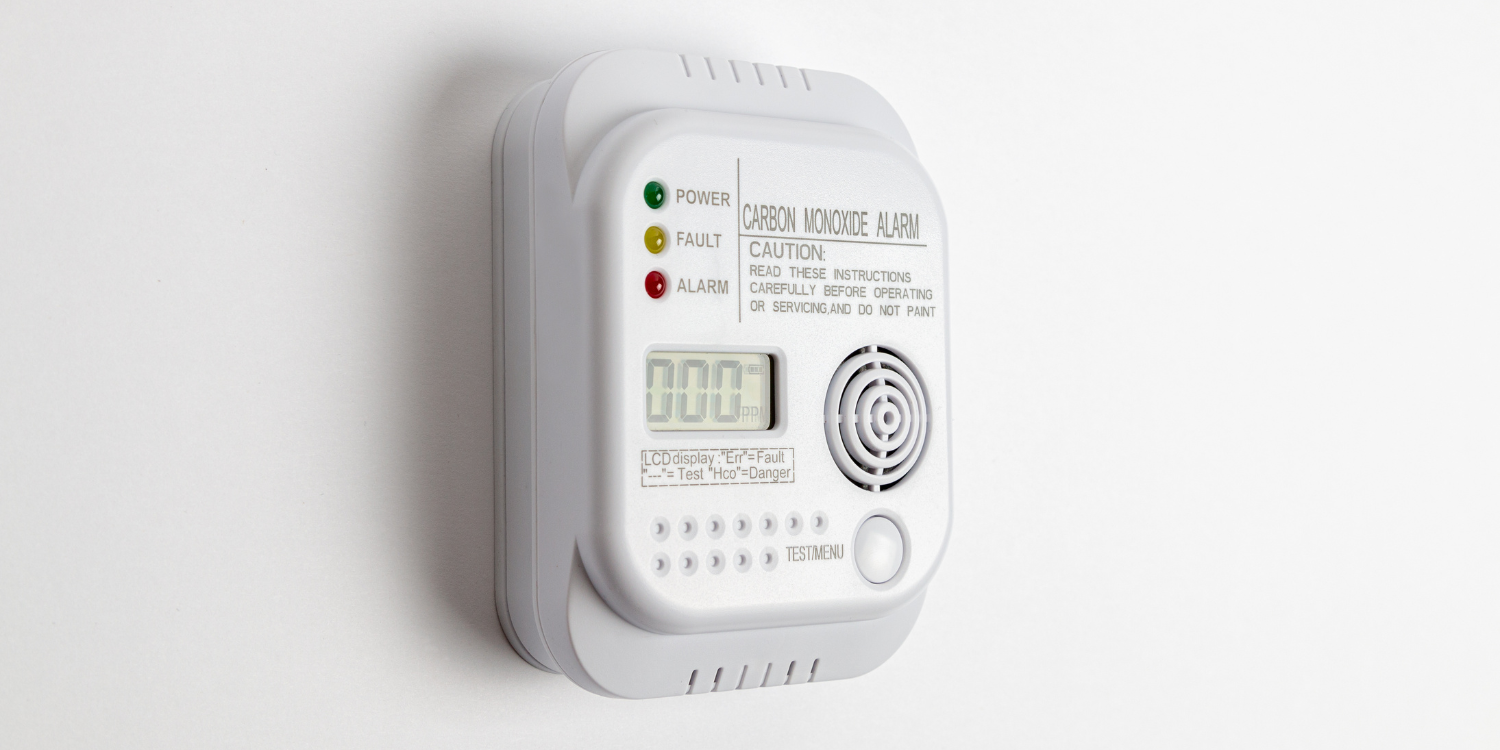
Your home’s furnace works hard to keep you warm, but did you know it requires regular check-ups to operate safely? Understanding the relationship between your furnace and carbon monoxide (CO) is crucial to maintaining a healthy living environment. In this guide, we address essential questions about furnaces and carbon monoxide detectors, offering insights and expert advice to keep your home safe.
Do All Furnaces Produce Carbon Monoxide?
Yes, all furnaces that burn hydrocarbon fuels like natural gas produce a small amount of carbon monoxide as a byproduct. However, unsafe levels can arise when there is incomplete combustion, worn parts or poor ventilation. With proper maintenance and venting, the risk of a CO leak can be minimized.
Can a Furnace Set Off a Carbon Monoxide Detector?
A malfunctioning furnace can indeed set off a carbon monoxide detector. This can happen when components like the heat exchanger crack or when there’s a problem with the flue or ventilation system, leading to increased levels of carbon monoxide in the air. Luckily, preventive maintenance helps in the early detection of issues, reducing the risk of setting off the CO detector and ensuring a safe living environment.
Can a Furnace Cause Carbon Monoxide Poisoning?
Yes, a furnace that isn’t properly maintained or vented can lead to carbon monoxide poisoning, a serious and potentially fatal condition. Carbon monoxide is a colourless and odourless gas, making it particularly dangerous. Symptoms of carbon monoxide poisoning may include headaches, dizziness, nausea, fatigue, confusion, and in severe cases, loss of consciousness.
Do I Need to Put a CO Detector Near My Furnace?
Placing a carbon monoxide detector near your furnace is a wise decision, and here’s why:
Furnaces always produce some carbon monoxide as a byproduct. While normally, this is safely vented out of your home, any malfunction or damage to the furnace or its venting system can lead to a dangerous leak. Having a CO detector near the furnace acts as an early warning system, detecting even small amounts of this colourless, odourless gas. This allows you to take immediate action, such as evacuating the area and calling a professional to inspect the system.
Can you Get False Alarms with a Carbon Monoxide Detector?
A carbon monoxide alarm can be set off falsely for a few reasons. An overly sensitive alarm or one that has exceeded its replace-by date may result in false alerts. Excessive moisture from areas like bathrooms or gases emitted from freshly screeded floors can also trigger the detector. Additionally, improper alarm types for specific premises, such as camper vans or boats, may cause false alarms.
Understanding your detector and its specific requirements helps in minimizing the chances of a false alarm.
Can a Furnace Pilot Light Cause a Carbon Monoxide Detector to Go Off?
A properly functioning pilot light should not cause a CO detector to go off. However, a faulty pilot light might, emphasizing the need for routine furnace maintenance.
In need of furnace maintenance? Contact us today to schedule your furnace maintenance appointment.

How Do You Prevent Carbon Monoxide Poisoning From a Furnace?
To keep your home safe from carbon monoxide (CO) poisoning, have a trained technician check your furnace every year. They examine the furnace for any wear, cracks, or malfunctions that could lead to a CO leak, ensuring proper ventilation and adjusting settings as needed.
It’s also smart to put CO detectors near the furnace and in other parts of your home. Make sure to test them regularly to see if they’re working. Together, these steps make a strong safety net to help you and your family stay safe from the dangers of CO poisoning.
What Are Some Signs of a Faulty Furnace?
A faulty furnace can exhibit various warning signs that might indicate a potential carbon monoxide leak or other problems. You might notice heavy condensation on the windows near the furnace or find yellow or brown stains around it. A yellow pilot light instead of the typical blue flame could also be a warning. If the air inside feels stuffy or if you smell something like gas or burning, it’s time to pay attention.
Constantly blowing out pilot lights, rust on the vent pipe, and unexpected increases in energy bills are also red flags. If any of these signs are present, it’s wise to call a professional for an immediate inspection!
What Happens After a Carbon Monoxide Leak?
After a CO leak, you must evacuate the area, call emergency services, and have the system inspected and repaired by professionals to solve the issue and prevent recurrence.
Repairs may range from replacing a specific part to installing a new furnace altogether, depending on what’s safest. After repairs, the area must be thoroughly aired out to remove any lingering CO. Before you go back home, make sure to listen to the professionals. They’ll let you know when it’s safe and what’s been done to stop this from happening again.
Where Else Should I Put CO Alarms in My Home?
In addition to near the furnace, CO alarms should be placed on each level of your home, near bedrooms, and in areas where fuel-burning appliances are used (gas stoves, fireplaces, etc.).

Stay Safe This Season with RB Heating
Don’t leave your safety to chance. For expert advice, furnace maintenance, and quality CO detectors, reach out to RB Heating ClimateCare. Your comfort and well-being are our top priority. Contact us today!







